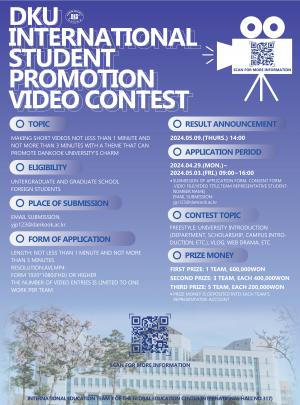From the ancient Gojoseon dynasty, which marked the beginning of Korean history, to the present day, Korea boasts a remarkable array of historical artifacts. These serve as the foundation upon which contemporary Korean culture is built. They provide us with insights into the origins of the beauty of our culture, highlighting how the present is intricately connected to the past. For Dankookians (Students of Dankook University) with a deep fascination with K-Culture, exploring our historical roots can be a thrilling journey. To truly feel the essence of K-Culture, visiting South Korea's top 10 UNESCO World Heritage sites is a must. These locations represent historical artifacts that bring our history to life. Their allure lies not only in their cultural significance but also in their ability to capture the interest of visitors like Dankookians.
Immersing oneself in the ambiance of these UNESCO World Heritage sites is like stepping back in time. Dankookians have the opportunity to traverse through history, gaining a firsthand understanding of the evolution of Korean traditions and culture. The allure of these sites adds an extra dimension to the appreciation of K-Culture, offering a deeper connection to its roots. For those seeking to fully embrace K-Culture, why not embark on a journey into its past? By exploring the heritage sites that have shaped Korea's history, Dankookians can truly immerse themselves in the beauty of K-Culture. These sites, filled with the echoes of bygone eras, beckon all to relish in the enchanting evolution of K-Culture and to appreciate its timeless allure.
Changdeokgung Palace Complex (CPC), constructed in 1405 during the Joseon Dynasty, was where kings resided for 258 of the 500-year Joseon Dynasty. Unlike other palaces, CPC stands out for its aesthetic due to its abundant use of wood and its seamless integration with the nature that surrounds it. Furthermore, it is the best preserved among all the palaces of the Joseon Dynasty, allowing us to vividly observe the architectural characteristics of this era. These days the CPC offers a popular experience for visitors wanting to dress in traditional Hanbok attire and take photos while wandering through the grounds. Interested Dankookians could immerse themselves in traditional culture and an ancient atmosphere while visiting the palace.
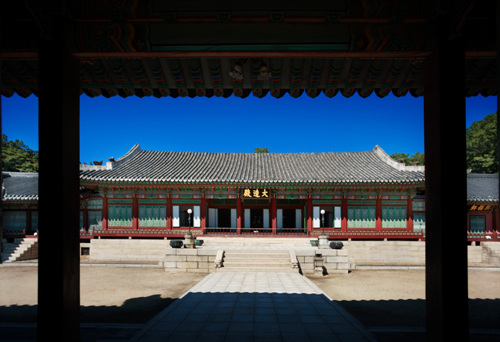 |
| ▲ The Daejojeon Which Is in Changdeokgung Palace Complex Is the Queen’s Residence (Photo from the Changdeokgung Palace Cultural Heritage Administration official website) |
Viewing Information
-Address: Changdeokgung-ro 130, Waryoung-dong, Jongno-gu, Seoul-si Republic of Korea
- Operating hours: 9 AM to 6 PM (Every Monday and holiday are closed)
- Admission: Adults (ages 19 and over) 5,000 won
Bulguksa Temple and Seokguram Grotto are well-known Korean heritage sites around the world. Construction began on the Bulguksa Temple in AD 751 and was only completed in AD 774. It conveys the Buddhist beliefs of the Silla era. The Seokguram Grotto was constructed in AD 751. It appears in religion and artistry as the structure is made of natural stone. Both are historical sites that honor the Buddhist history of the Silla Dynasty. Exquisite Buddhist statues and spires in the Bulguksa Temple express the religion and art of ancient Korea. Dankookians who are interested, should visit Bulguksa.
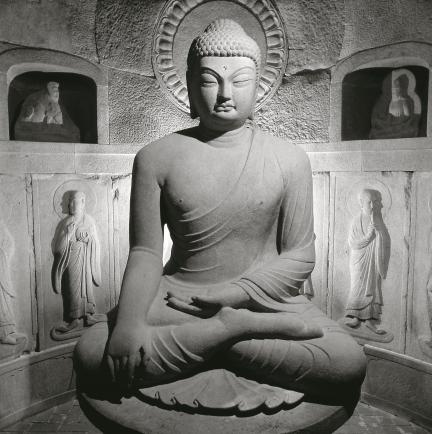 |
| ▲ The Seokguram Grotto Is Evidence That Represents the Shilla’s Buddhist Art (Photo from the Korean National Cultural Heritage Portal) |
Viewing Information
- Address: 385, Bulguk-ro, Gyeongju-si, Gyeongsangbuk-do, Republic of Korea
- Operating hours: 9:00 AM to 6:00 PM (Open year-round)
- Admission: free
Hwaseong Fortress (HF) is a construction from the late 8 century designed to protect Suwon from enemies. Unlike other fortresses, HF is composed of relatively low-height walls. The walls were designed to protect against cannon attacks as lower walls could absorb less impact from cannons. HF was built using bricks and limestone for its wall, not granite which was used in other fortresses. By building with bricks and limestone HF had more resilience against powerful enemy artillery attacks. The distinctive feature of HF is that it excels in both functionality and aesthetic aspects. On special occasions, HF is opened to the public at night, and events featuring illuminations highlight the beauty of the palace complex illuminated by lights that mimic the flow of water.
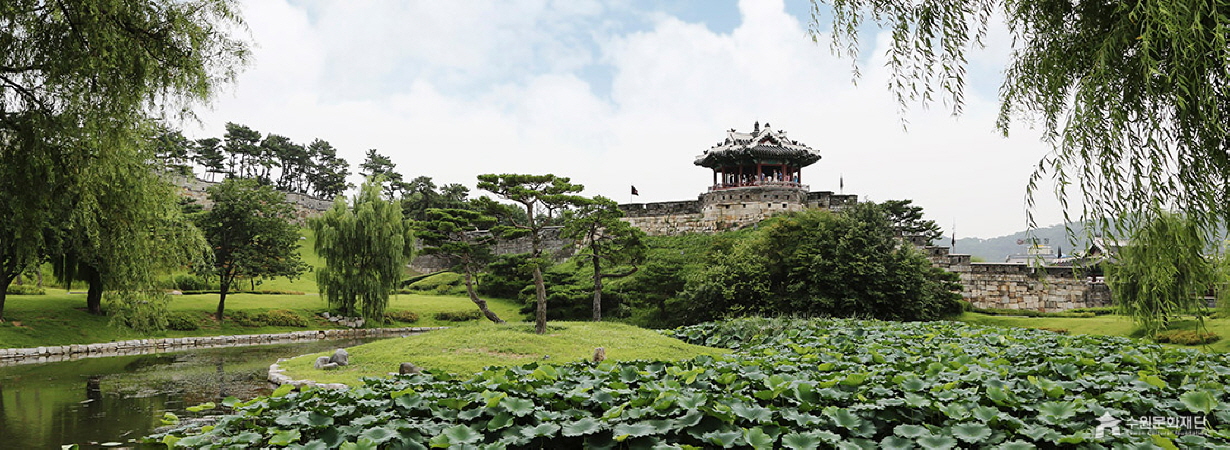 |
| ▲ Hwaseong Fortress Looking From the Pond Which Is Outside the Castle (Photo from the Suwon Cultural Foundation official website) |
Viewing Information
- Address: Janganmun-ro 130, Paldal-gu, Suwon-si, Gyeonggi-do, Republic of Korea.
- Operating Hours: 9 AM to 6 PM (Open year-round)
- Admission: Adults (ages 19 and over) 2,000 won.
Jongmyo stands as the most ancient and genuine among the preserved Confucian royal shrines. It was established to honor the ancestors of the Joseon dynasty and has maintained its current structure since the 16th century. Within its walls are tablets inscribed with the wisdom of past royal family members. Jongmyo remains remarkably true to its origins, preserving both its physical structure and traditional ceremonial practices with great fidelity. The original layout and architectural design of Jongmyo have been meticulously maintained, and the ancestral rituals, including music and dance, continue to be faithfully upheld through regular performances. If you visit, Dankookians can see how this facility preserves the genuine essence of its authentic historical artifacts and ceremonial techniques.
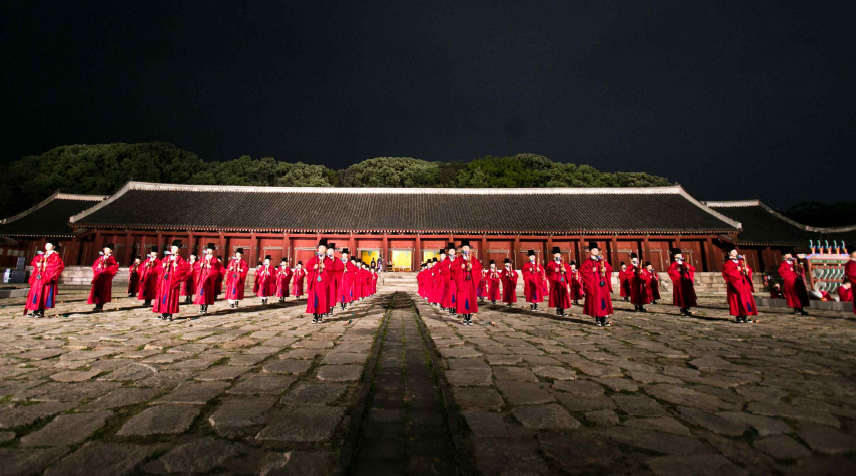 |
| ▲ A Performance That Shows Ancestral Rites in Jongmyo (Photo from the Jungbumaeil Newspaper) |
Viewing Information
- Address: Jong-ro 157, Jongno-gu, Seoul-si, Republic of Korea.
- Operating hours: Summer Season: 9:00 AM to 5:00; Winter Season: 9:00 AM to 4:30 PM (November to January).
- Admission: Adults (ages 19 and over) 1,000 won. However, those wearing traditional Korean hanbok, and visitors on the last Wednesday of each month can enter for free.
Situated on Mount Gaya, the Haeinsa Temple shelters the Tripitaka Koreana, an exhaustive assembly of Buddhist scriptures that were meticulously inscribed onto 80,000 wooden blocks from 1237 to 1248. Erected during the 15th century, the Janggyeong Panjeon edifices were specifically crafted to safeguard these woodblocks, revered not only for their religious significance but also as remarkable artistic achievements. Serving as the earliest repository of the Tripitaka, they unveil a remarkable mastery in inventing and executing conservation techniques aimed at preserving these precious wooden artifacts. If Dankookians visit the Haeinsa Temple, they might find themselves a step closer to ancient Korean wisdom.
 |
| ▲ The Wooden Letter Press Stored in Haeinsa Temple (Photo from the Daily Newspaper) |
Viewing Information
- Address: 122, Haeinsa-gil, Gaya-myeon, Hapcheon-gun, Gyeongsangnam-do, Republic of Korea
- Operating Hours: Summer Season: 08:30 AM - 6 PM; Winter Season: 08:30 AM – 5 PM.
- Admission: Adults (ages 19 and over) 3,000 won
Namhansanseong is a castle that was placed on the mountain to defend the capital of the Joseon Dynasty, Hanyang. Namhansanseong began as a small castle during the Shilla Dynasty in 672 and was expanded gradually until its completion during the Joseon Dynasty in 1626. It took 1000 years to complete Namhansanseong so it is also a historic source of information on the evolution of fortification technology. The types of stone that was used and the way it was piled were different during each era. The part of the castle built between the 16th to the 18th centuries is evidence of the active interaction our nation had with Japan and China. Additionally, Namhansanseong has a village and shrine, unlike other castles. If there are Dankookians who want to learn about the history of our conflicts with our neighbors Namhansanseong would be a good choice.
 |
| ▲ The Hannamru Is the Front Door of the Palace Which Is in Namhansanseong (Photo from the Gyeonggi-do Namhansanseong Heritage Center official website) |
Viewing Information
- Address: 731, Namhansanseong-ro, Namhansanseong-myeon, Gwangju-si, Gyeonggi-do, Republic of Korea
- Operating Hours: Summer Season: 10 AM - 6 PM; Winter Season: 10 AM – 5 PM. (Every Monday is closed)
- Admission: Adults (ages 19 and over) 2,000 won. However, those wearing traditional Korean hanbok can enter for free.
The Gyeongju Historic Areas (GHA) where Dankookians can visit historic Silla site, has various heritage treasures to learn about the history and culture of Silla. The GHA is called a ‘wall-free museum’. The location is divided into five areas, the Wolseong District, Hwangnyongsa District, Namsan District, Daereungwon District and Mountainous District. There are many heritage sites in each area. The Cheomseongdae Observatory is in the Wolseong District. The Stone Brick Pagoda of Bunhwangsa Temple is in the Hwangnyongsa District. Daereungwon’s Ancient Tomb Complex is in the Daereungwon District, etc. Dankookians can explore ancient Buddhism, Korean inventions, and images of dynasties during the Silla era.
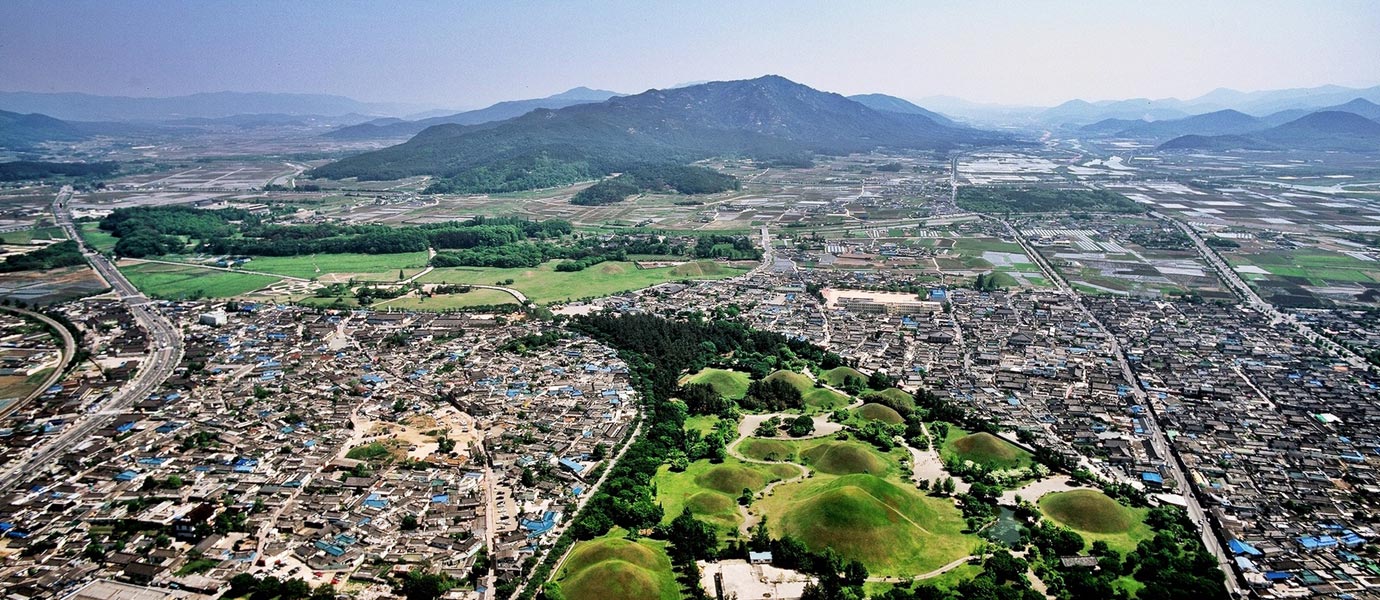 |
| ▲ The Ancient Tomb Complex Consisted of 23 Tombs Looking From the Sky (Photo from the Gyeongju Culture and Tourism official website) |
Viewing Information
-Address, Admission, and Operating hours:
Refer to the website because the Address, Admission, and Operating hours are different in each historic site. (https://www.gyeongju.go.kr/tour/page.do?mnu_uid=2533&)
Baekje Historic Areas (BHA) is a place for the historic artifacts of Baekje which is one of the oldest representative regions. Unlike other UNESCO heritage sites in Korea, BHA deals with Baekje artifacts which were used from 18 BC to AD 660. Therefore, BHA is the best choice to experience the Baekje period. Compared with other heritage sites, BHA has large scale viewing for artifacts so it takes almost three days to see everything. The reason why BHA is such a vast area is because Baekje moved into another capital three times and their artifacts remained in place having never been destroyed. In Baekje, Buddhism was spread and influenced culture. In BHA there are many Buddhist artifacts such as stone towers and temples. For Dankookians who love Buddhism, BHA is the place to visit.
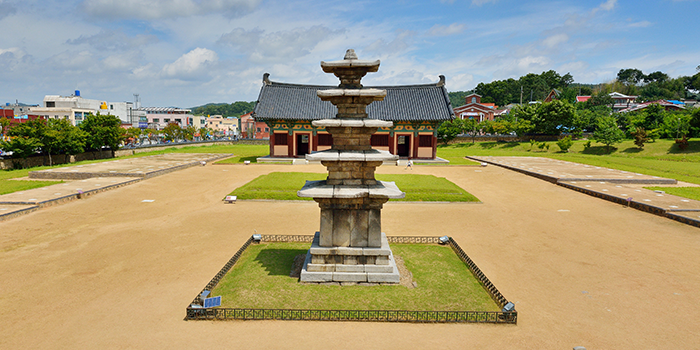 |
| ▲ The Stone Pagoda in Jeongnimsa Temple Site (Photo from the Baekje Historic Areas official website) |
Viewing Information
-Address, Admission, and Operating hours:
Refer to the website because the Address, Admission, and Operating hours are different in each historic site. (http://www.baekje-heritage.or.kr/kr/)
Yangdong Village (YV) and Hahoe Village (HV) are two historic locations in Gyeongju-si and Andong-si that were designated UNESCO cultural heritage sites. YV and HV are clan villages, referring to communities of people sharing the same surname. These villages consist of one or more clans coexisting in a specific area based on lineage, preserving a sense of local harmony and tradition. YV and HV showcase Korean folk culture and traditional architectural styles. They adhere to traditional architecture, reflecting the aesthetics of their respective eras. Furthermore, these villages not only impeccably preserve residential appearances but also continue to uphold the customs and events that have been passed down through generations.
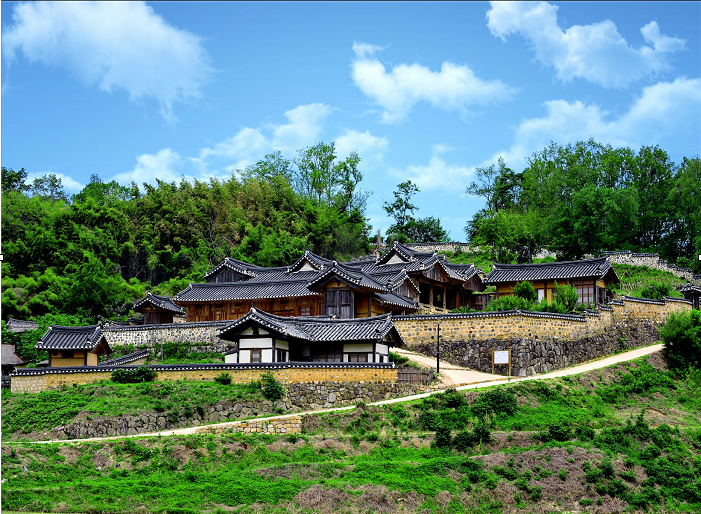 |
| ▲ The Korean Traditional Houses in the Yangdong Village (Photo from Yangdong Village official website) |
Viewing Information
Yangdong Village
-Adress: Yangdong-ri 125, Gangdong-myeon, Gyeongju-si, Gyeongsangbuk-do, Republic of Korea
-Operating hours: 9 AM to 6 PM on weekdays (closed on weekends)
-Admission: Adults (ages 19 and over) 4,000 won
 |
| ▲ Neo-Confucian Academies in the Hahoe Village (Photo from Hahoe Village official website) |
Hahoe Village
-Address: Jeonseo-ro 186, Pungcheon-myeon, Andong-si, Gyeongsangbuk-do, Republic of Korea
-Operating hours: 9 AM to 6 PM (Open year-round)
-Admission: Adults (ages 19 and over) 5,000 won
The collective area of Jeju Volcanic Island and Lava Tubes encompasses three distinct regions spanning across 18,846 hectares. They include the remarkable Geomunoreum, renowned as an unparalleled system of lava tube caves adorned with vividly colored carbonate ceilings and floors, contrasted by dark-hued lava walls. Also, within this expanse stands the fortress-like Seongsan Ilchulbong tuff cone, emerging dramatically from the ocean, crafting a striking vista. Completing the trio is Mount Halla, the loftiest peak in Korea, adorned with waterfalls, diverse rock formations, and a crater filled with serene lakes. This site not only boasts exceptional natural beauty but also serves as a testament to the Earth's historical narrative, its distinct features, and the processes that have shaped it.
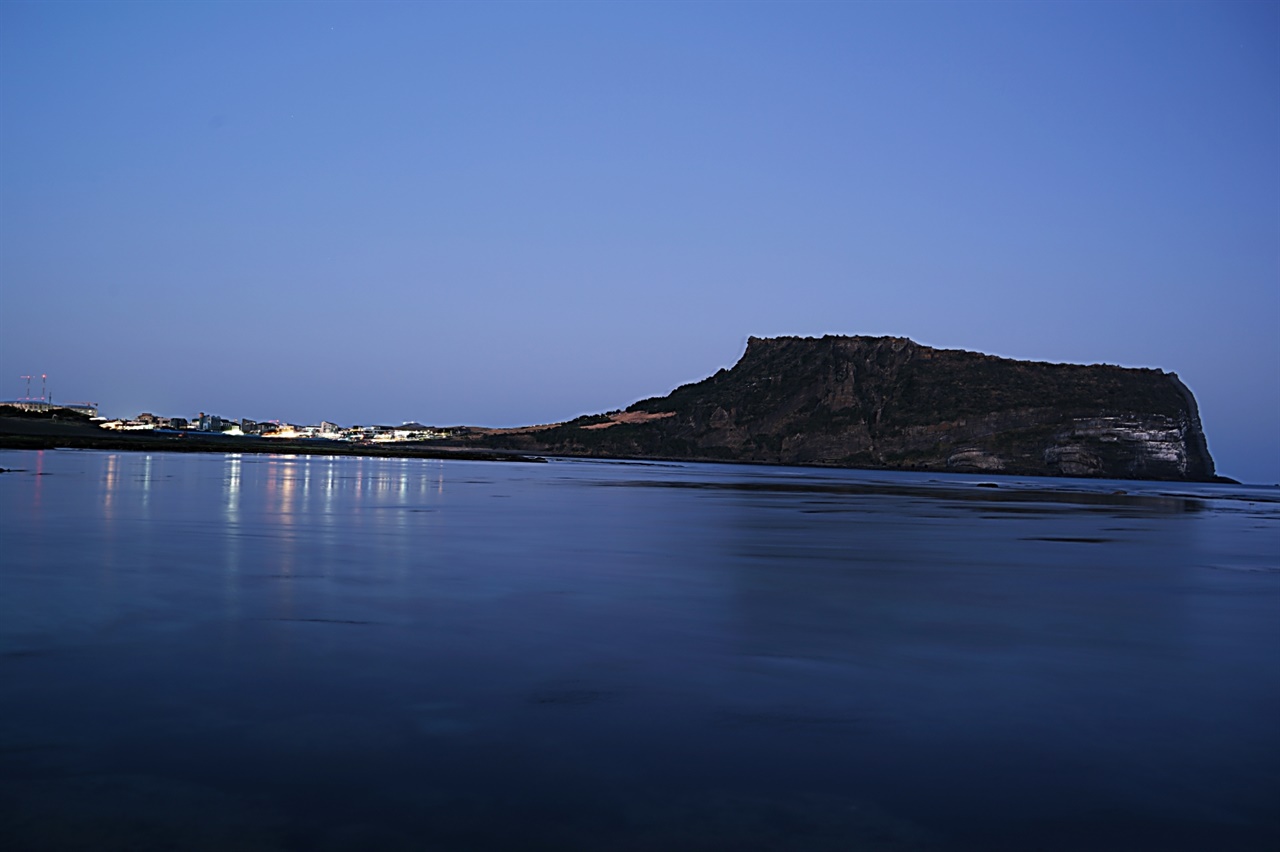 |
| ▲ Seongsan Ilchulbong Tuff Cone Looking From Gwangchigi Beach (Photo from Ohmy News) |
Viewing Information
Seongsan Ilchulbong Tuff Cone
- Address: 284-12, Ilchul-ro, Seogwipo-si, Jeju-do, Republic of Korea.
- Operating hours: March-September 07:00-18:50 / October-February 07:30-17:50.
- Admission: Adults (ages 25 and older) 5,000 won / Children (ages 7 to 24) 2,500 won.
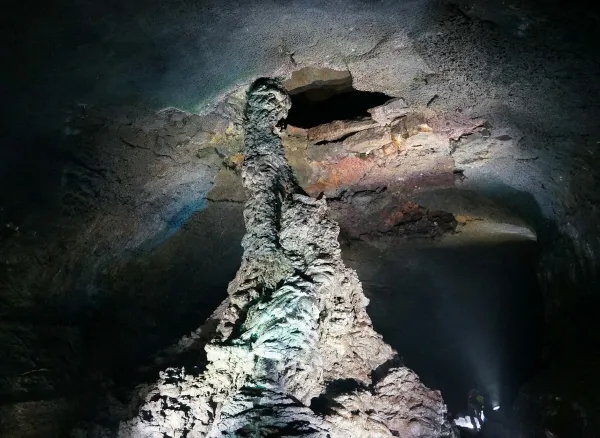 |
| ▲ A Pillar of Stone in Manjanggul Lava Tube (Photo from Kyunghyang Newspaper) |
Manjanggul Lava Tube
- Address: 182, Manjanggul-gil, Jeju-si, Jeju-do, Republic of Korea.
- Operating hours: 09:00-17:00 (closed first Wednesday of every month).
- Admission: Adults (ages 25 and over) 4,000 won / Children (ages 7 to 24) 2,000 won.
Gaining insights into the past and immersing oneself in its essence is an invaluable journey. UNESCO World Heritage sites offer Dankookians an opportunity not only to appreciate the current beauty of Korea, but also to connect with its historical magnificence. Experiencing these sites firsthand instead of just looking at pictures offers a truer view of Korea. Why not visit the Korean UNESCO World Heritage sites and uncover a more vibrant, engaging, and genuine Korea?
정영훈, 박상우, 윤희원, Dinh Phuong Tha dankookherald@gmail.com

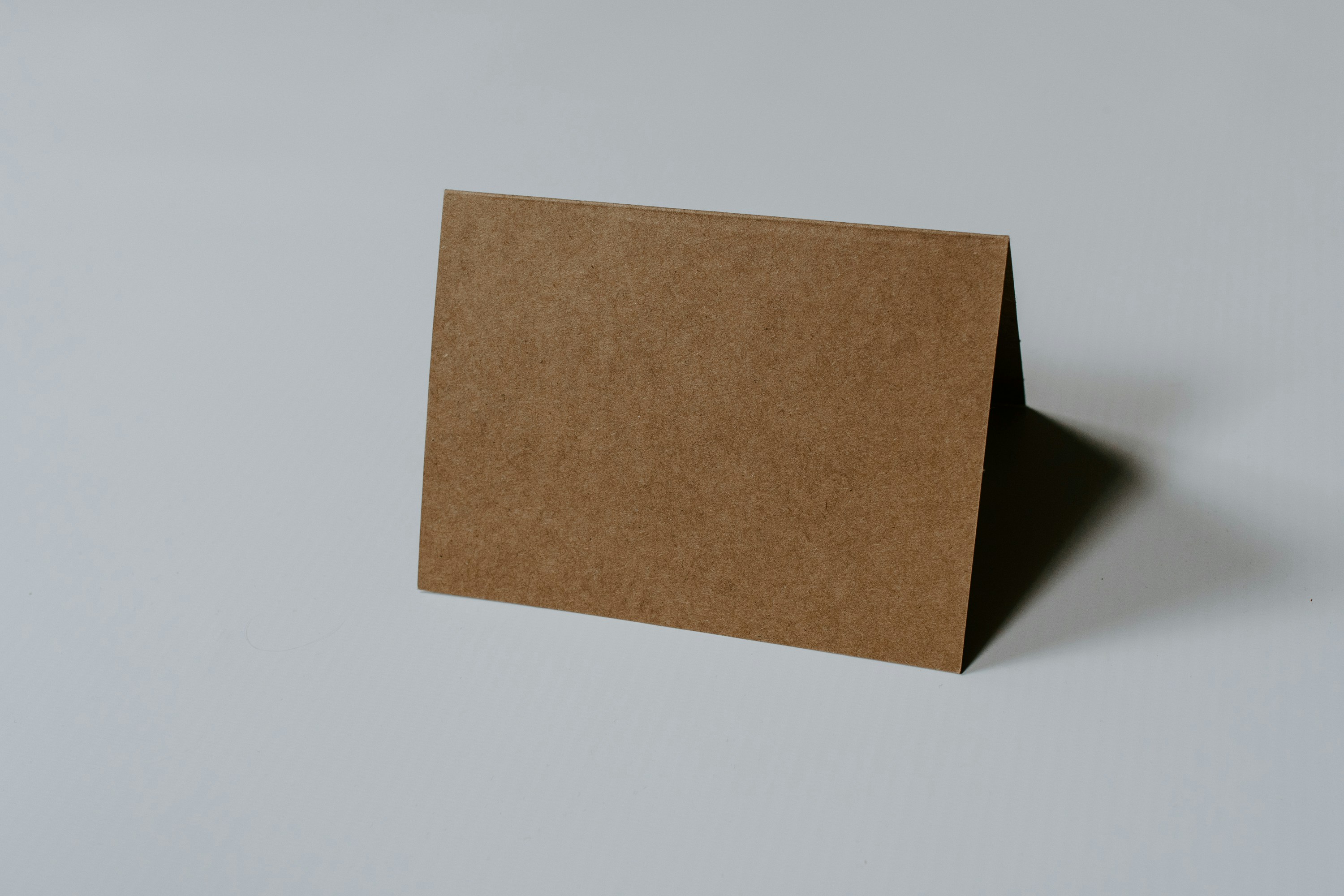 Vote for the Campus Brand Naming!
Vote for the Campus Brand Naming!
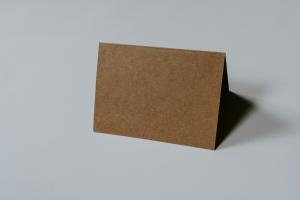
![[Campus Magnifier] Let's Surf the Library!](/news/thumbnail/202404/12496_1765_4143_v150.jpg)
